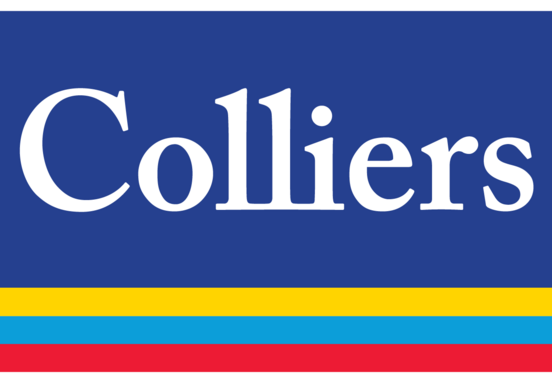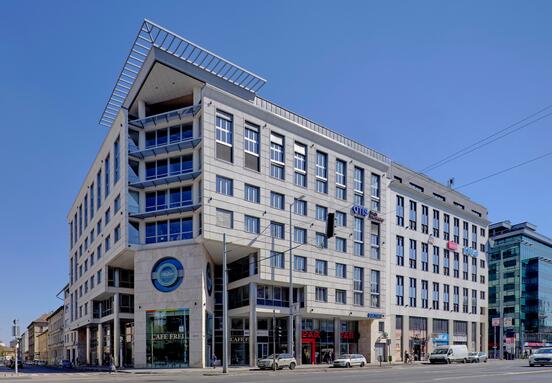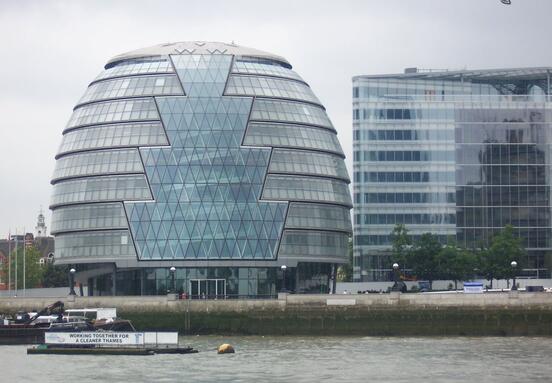Demand for the best office premises is continuing to rise, with more companies recognising the importance of being located in amenity-rich central locations, close to market peers and in the best properties, in order to attract the most talented employees. While this is a general phenomenon, the London and Madrid office markets demonstrate this particularly well. In the City of London market occupier demand rose by 12% in the first quarter, and the West End experienced its most active start to a year in the last three. Meanwhile, the Spanish capital recorded its strongest first quarter for two years with 125,000 sq m of space acquired by occupiers. Compared to the same period last year, Western Europe has seen total aggregate office take-up grow by 4% year-on-year.
The supply of available office space across Europe has been broadly stable since mid-2013, but has now started to show clearer signs of tightening. As a result, and compounded by low levels of development in many cities, prime rents are increasing across Europe. Dublin, for example, has seen a 5.6% increase in the first quarter of this year from €484 to over €510 per sq m per annum. This completes an annual rise of nearly 36%, the strongest across EMEA, which demonstrates its popularity as a prime business location. The strongest quarterly rent increase was posted by Helsinki which rose by 8.8% to €444 per sq m per annum.
“Companies understand that to prosper in today’s marketplace they need to provide office conditions that reflect the modern employee’s needs. Increasingly, this means centrally located, well-connected, amenity-rich work places that provide a destination space to stimulate collaboration and development. This is one reason why prime rents for the best locations are on an upward trajectory, as such space is coming under increasing pressure. The solid start to this year sets the expectation that a further upswing in the office market is likely for the year ahead”, Richard Holberton, EMEA Head of Occupier Research, at CBRE explains.
Demand is boosting in the Hungarian capital
Budapest started the year stronger than the European average: compared with the first quarter of last year the leasing volume rose by 18%. The 12-month take-up is nearly a third more now on a year/year basis than in the same period in 2014. The vacancy rate fell to a six-year low, and all signs suggest that this trend will continue in the coming quarters. “Approaching half year, rental figures for the first half of the year are extremely strong, and we are experiencing a noticeable increase in the proportion of pre-leases”, Gábor Borbély, Head of Research at CBRE Budapest added.
CBRE Hungary








